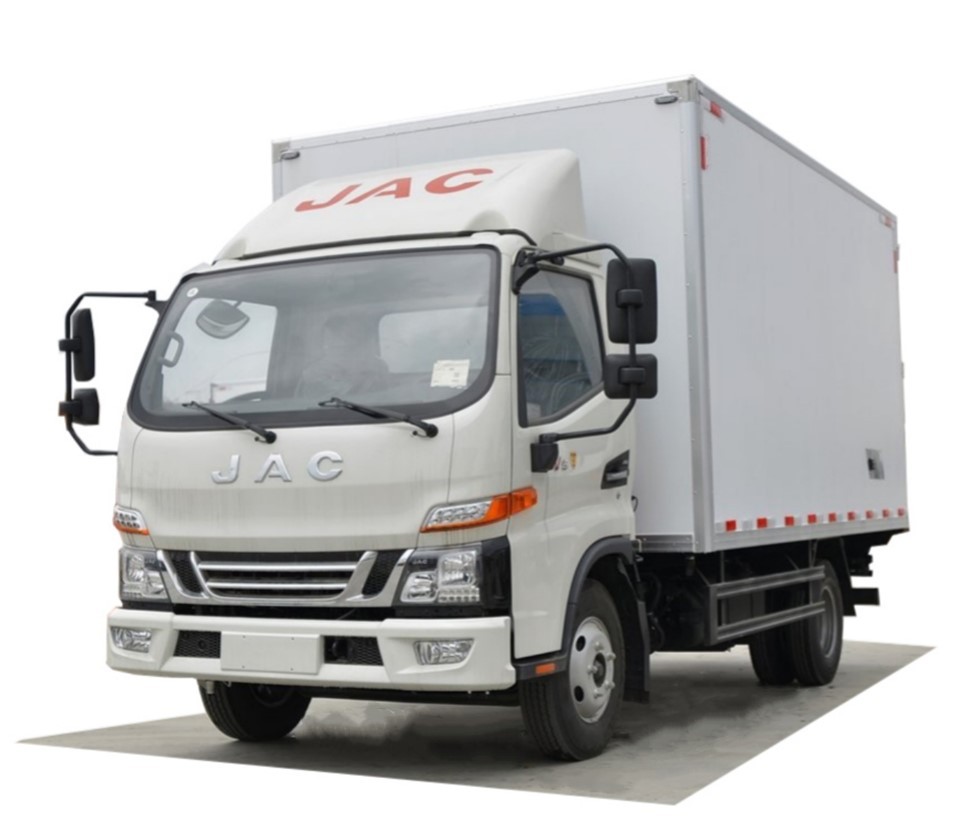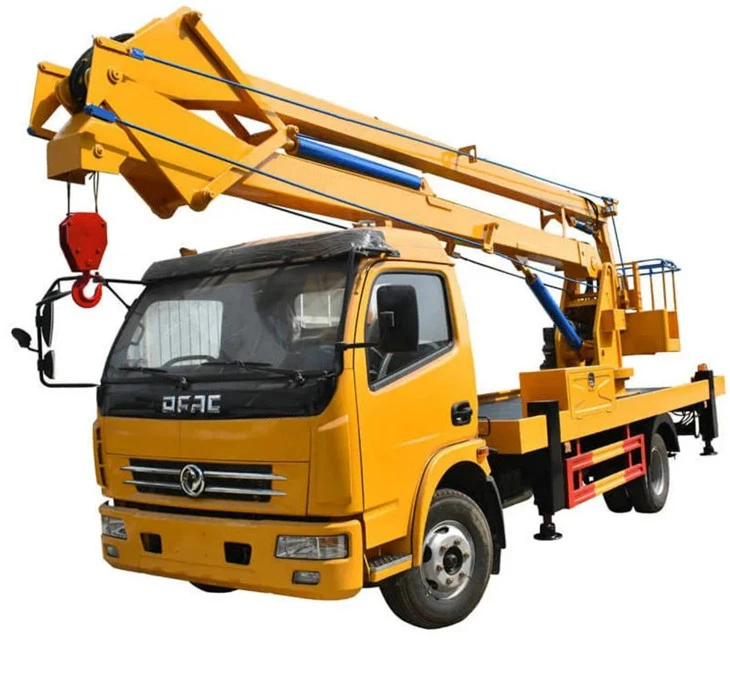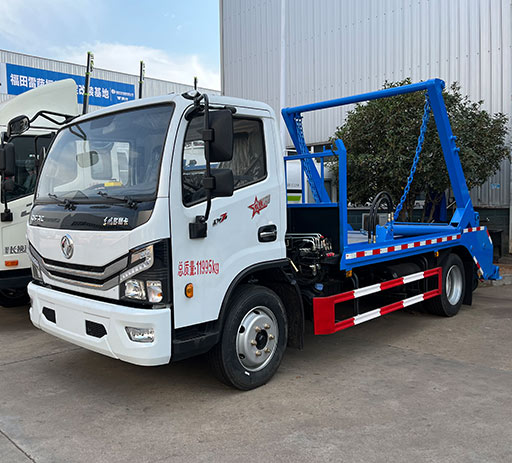Fiberglass Truck Body Kits: Transform Your Vehicle with Style and Durability

In the automotive industry, customizing trucks is not just about enhancing aesthetics; it’s also about improving functionality and performance. One of the most popular ways to achieve this is through fiberglass truck body kits. These kits offer a unique combination of weight savings, durability, and design flexibility. In this thorough guide, we will explore everything you need to know about fiberglass truck body kits, from benefits to installation tips.
Understanding Fiberglass and Its Benefits
What is Fiberglass?
Fiberglass is a composite material made from fine fibers of glass, which are woven together and then bonded with a resin. It has been widely used in various industries, including automotive, due to its lightweight and robust properties.
Advantages of Fiberglass in Truck Body Kits
- Lightweight: Fiberglass is lighter than traditional materials like steel, which can improve fuel efficiency and handling.
- Corrosion Resistance: Unlike metal, fiberglass does not rust, making it ideal for trucks exposed to harsh environments.
- Design Flexibility: Fiberglass can be molded into complex shapes, allowing for unique designs and improved aerodynamics.
- Durability: Fiberglass is highly resistant to impact and can withstand harsh weather conditions.
- Cost-Effective: Over time, the reduced maintenance costs associated with fiberglass can lead to overall savings.
Types of Fiberglass Truck Body Kits
Types of Body Kits Available
Fiberglass truck body kits come in a variety of styles, each designed to serve a particular aesthetic or functional purpose. Here are some common types:
| Type of Body Kit | Description | Best For |
|---|---|---|
| Full Body Kits | Includes bumpers, side skirts, and fenders for a complete transformation. | Those looking for a radical style change. |
| Front Bumper Kits | Custom front bumper designs to enhance visual appeal and aerodynamics. | Individuals focusing on frontal aesthetics and performance. |
| Rear Bumper Kits | Similar to front bumper kits but designed for the rear of the truck. | Enhancing rear-end style and functionality. |
| Fender Flares | Wider flares to accommodate larger tires, often used for off-road applications. | Off-road drivers needing tire clearance. |
| Hoods and Roof Scoops | Custom hoods and scoops designed for improved airflow. | Truck enthusiasts wanting performance upgrades. |
Popular Models of Fiberglass Truck Body Kits
- Ford F-150 Body Kits: Widely available and offers various customization options.
- Chevrolet Silverado Body Kits: Popular for off-road modifications and enhanced aesthetics.
- Dodge Ram Body Kits: Known for aggressive designs that maintain the truck’s rugged look.
- Toyota Tacoma Body Kits: Focused on enhancing the truck’s sporty appearance while maintaining functionality.
Choosing the Right Fiberglass Body Kit
Factors to Consider
Selecting the right fiberglass body kit requires careful consideration of several factors:
- Material Quality: Look for high-quality fiberglass to ensure durability.
- Fitment: Ensure the kit is specifically designed for your truck model for easy installation.
- Style: Choose a design that aligns with your aesthetic preferences and intended use.
- Weight: Lighter kits can improve performance, but ensure they also provide necessary strength.
- Warranty: A good warranty can provide peace of mind regarding your investment.
Practical Example: Comparing Kits
When comparing different kits for a Ford F-150, consider options such as the ‘Raptor Style’ kit versus a ‘Street Style’ kit. The Raptor kit may offer enhanced off-road features, while the Street Style focuses on streamlined looks. Assess your typical usage and aesthetics before making a decision.
Installation of Fiberglass Body Kits
Installation Steps
Installing a fiberglass body kit may seem daunting, but with the right approach, it can be a manageable task for DIY enthusiasts.
- Preparation: Gather tools and materials required for installation, including screws, drills, and adhesive.
- Remove Existing Parts: Carefully detach the stock parts that will be replaced by the body kit.
- Test Fitting: Before securing the new parts, perform a test fit to ensure they align correctly.
- Secure the Components: Use the appropriate fasteners and adhesives to attach the fiberglass parts firmly.
- Finishing Touches: Sand edges, paint as needed, and reattach any modified or additional components.
Common Installation Challenges
- Alignment Issues: Ensure all parts align perfectly before fastening them.
- Painting Compatibility: Use the correct primer and paint that adhere well to fiberglass.
- Weight Distribution: Make sure the added weight of the body kit does not affect the truck’s balance.
Maintaining Your Fiberglass Body Kit
Care Tips for Longevity
To maintain the appearance and performance of your fiberglass body kit, consider these care tips:
- Regular Cleaning: Use mild soap and water to clean the fiberglass surface, avoiding harsh chemicals.
- Inspect for Damage: Regularly check for any cracks or chips, and repair them promptly to prevent further issues.
- UV Protection: Apply a UV protectant to prevent fading and damage from sun exposure.
- Waxing: Wax your fiberglass body kits periodically to enhance shine and provide a protective layer.
Repairing Cracks and Chips
Minor damages such as cracks or chips can be repaired using fiberglass repair kits available at most auto supply stores. Follow the instructions provided to ensure a seamless repair.

Cost of Fiberglass Truck Body Kits
Budget Considerations
The cost of fiberglass truck body kits varies greatly depending on the manufacturer, complexity, and materials. Generally, you should expect to pay:

| Type of Body Kit | Estimated Cost |
|---|---|
| Full Body Kits | $1,500 – $5,000 |
| Front Bumper Kits | $300 – $1,500 |
| Fender Flares | $200 – $800 |
| Accessories (Spolier, Scoops) | $100 – $600 |
Comparing Fiberglass Kits with Other Materials
Fiberglass vs. Steel
| Feature | Fiberglass | Steel |
|---|---|---|
| Weight | Lightweight | Heavy |
| Corrosion Resistance | High | Low |
| Design Flexibility | High | Moderate |
| Repair Cost | Moderate | Low |
Fiberglass vs. Polyurethane
While both materials are used for truck body kits, fiberglass generally provides superior durability compared to polyurethane. However, polyurethane kits can offer more flexibility, reducing the risk of cracking upon impact.
FAQ Section
1. How much does a fiberglass truck body kit weigh?
The weight of a fiberglass body kit varies depending on the size and components used, but generally, they weigh significantly less than steel kits, typically ranging from 200-400 pounds for a full kit.
2. Can I install a fiberglass truck body kit myself?
Yes, many enthusiasts choose to install fiberglass body kits themselves. Basic tools and some mechanical knowledge are usually sufficient, but professional installation is recommended for complex kits.
3. How do I clean and maintain my fiberglass truck body kit?
Regular cleaning with mild soap and water is crucial. Additionally, check for damage regularly and apply a UV protectant to keep it looking new.

4. Will a fiberglass body kit improve my truck’s performance?
Fiberglass body kits can improve performance by reducing weight, which may enhance handling and fuel efficiency. Additionally, some kits are designed to improve aerodynamics.
5. Are fiberglass truck body kits worth the investment?
Yes, fiberglass truck body kits can offer long-term benefits, including reduced maintenance costs and improved aesthetics, making them a worthwhile investment for many truck enthusiasts.
6. What should I look for when purchasing a fiberglass body kit?
Consider factors like material quality, fitment for your specific truck model, style preference, weight, and warranty options to ensure you make an informed purchase.
